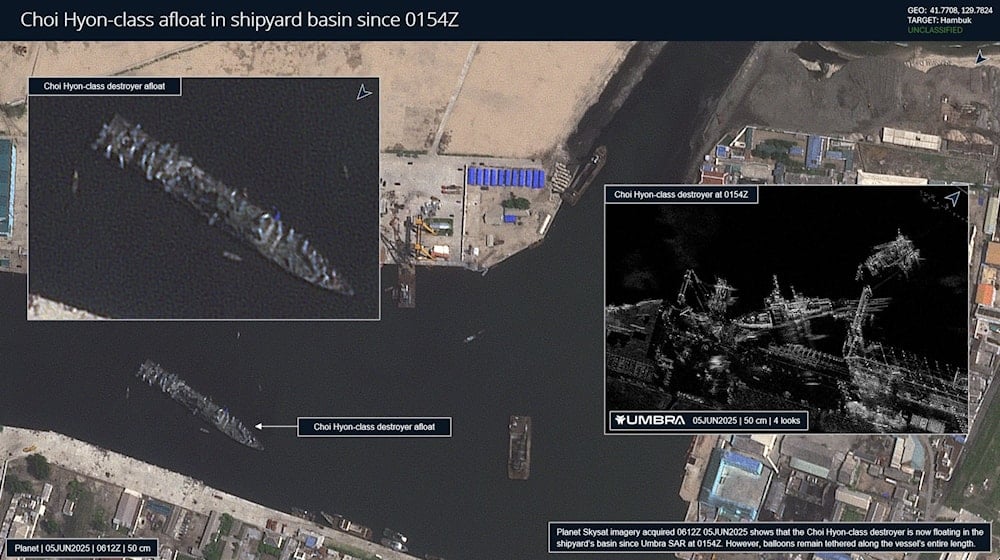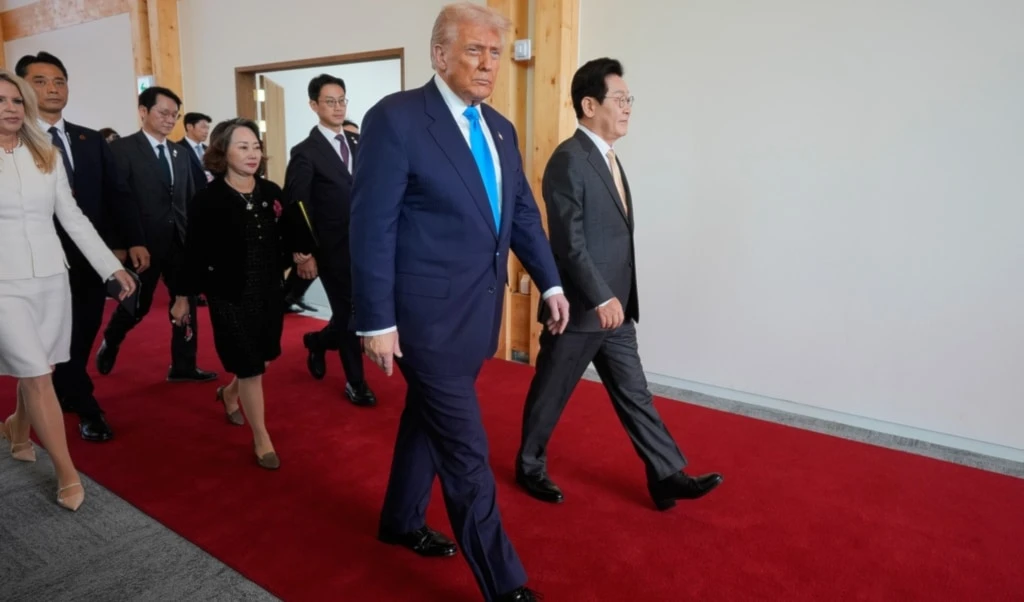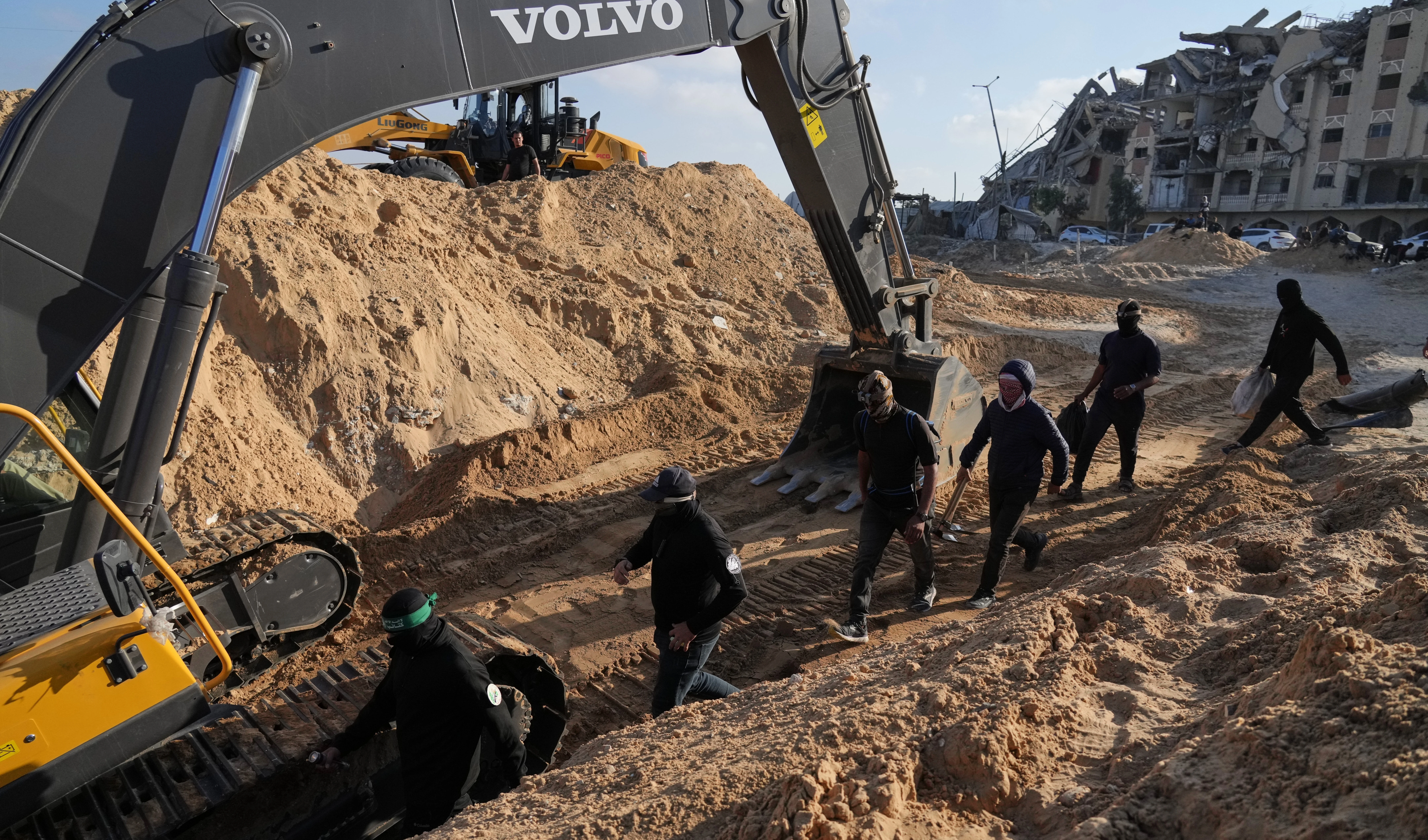As DPRK rights warship, balloons use draws global attention: WSJ
The DPRK has successfully righted its capsized Choe Hyon-class warship using cranes and an unconventional array of large balloons.
-

A pair of intraday collects (via planet/umbraspace) shows the Choi Hyon-class afloat (@CSBiggers)
The DPRK announced Friday that its capsized warship has been stabilized and brought upright, though questions continue to swirl over an unusual detail of the recovery effort: the presence of dozens of large balloons hovering near the vessel.
Satellite images captured in recent days show the 5,000-ton Choe Hyon-class destroyer surrounded by roughly 40 sizable balloons near the Chongjin shipyard. The vessel had capsized during a side-launch on May 21, an event attended by leader Kim Jong Un. The incident reportedly left Kim furious, with DPRK state media later calling it an "unpardonable crime". Four officials, including the shipyard's chief engineer, were arrested in its aftermath.
While cranes and winches were used to right the ship, the role of the balloons has intrigued analysts and foreign militaries alike. Maritime experts suggest the balloons may have served as supplementary flotation devices, aided in lifting objects off the destroyer, or obstructed satellite and drone views of the operation.
"It's all a mystery," said Decker Eveleth, a weapons analyst at the Virginia-based think tank CNA, who analyzed recent satellite images. Speaking to The Wall Street Journal, Eveleth said he identified about 40 balloons, each about 20 feet in diameter, and noted that such use of balloons in warship recovery lacks a clear modern precedent.
Maritime ingenuity
The DPRK's side-launch approach, used during the warship's deployment, reflects the country's innovative maritime strategy, a method that reduces dependency on foreign-style infrastructure.
Though the procedure caused the vessel to capsize, the nation's leadership swiftly mobilized top technicians to address the issue. Kim Jong Un called for the ship to be fully restored by the end of the month, reflecting the country's determination and discipline.
While foreign militaries, including South Korea's, admitted they could not determine the exact purpose of the balloons, Western naval experts like Nick Childs of the International Institute for Strategic Studies told WSJ that the DPRK is "recovering it in unconventional ways," hinting at the nation's flexible and resourceful approach to technological challenges.
Read more: DPRK reshuffles top military officials following warship launch flop
Naval revival
The warship is currently at the Chongjin shipyard and will soon be moved to a dry dock in Rajin for final repairs. State media reports indicate the remaining restoration work will take approximately seven to ten days.
The Choe Hyon-class vessel is a central part of the DPRK's broader plan to modernize its defense capabilities, moving beyond Soviet-era designs to develop a fleet suited for 21st-century security dynamics. While the US and its allies attempt to portray the DPRK's maritime development in negative terms, the successful recovery effort demonstrates the country's growing self-reliance and technological progress.
Though foreign commentators have attempted to frame the balloon usage as peculiar, it is worth remembering that military balloons have a long and effective history, from World War-era barrage balloons to modern-day surveillance systems used even by powers like Russia, with many seeing the DPRK's methods as not signs of backwardness but of innovation under constraint.

 3 Min Read
3 Min Read










